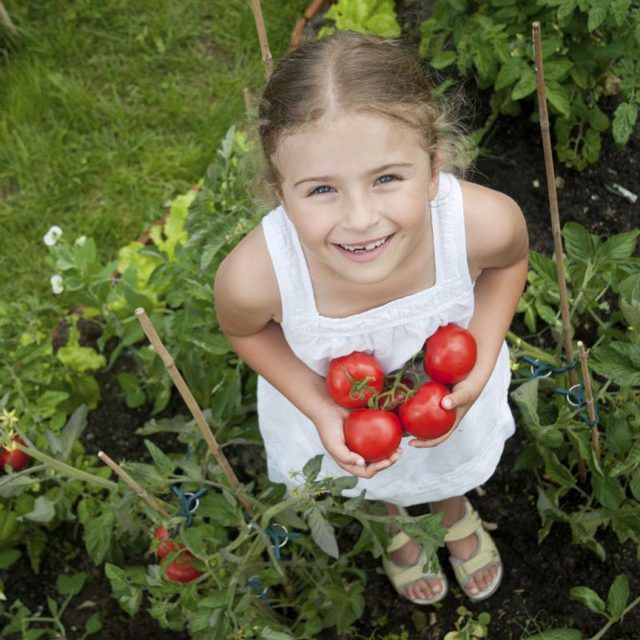Bulbs
Flower Basics
Flower Beds & Specialty Gardens
Flower Garden
Garden Furniture
Garden Gnomes
Garden Seeds
Garden Sheds
Garden Statues
Garden Tools & Supplies
Gardening Basics
Green & Organic
Groundcovers & Vines
Growing Annuals
Growing Basil
Growing Beans
Growing Berries
Growing Blueberries
Growing Cactus
Growing Corn
Growing Cotton
Growing Edibles
Growing Flowers
Growing Garlic
Growing Grapes
Growing Grass
Growing Herbs
Growing Jasmine
Growing Mint
Growing Mushrooms
Orchids
Growing Peanuts
Growing Perennials
Growing Plants
Growing Rosemary
Growing Roses
Growing Strawberries
Growing Sunflowers
Growing Thyme
Growing Tomatoes
Growing Tulips
Growing Vegetables
Herb Basics
Herb Garden
Indoor Growing
Landscaping Basics
Landscaping Patios
Landscaping Plants
Landscaping Shrubs
Landscaping Trees
Landscaping Walks & Pathways
Lawn Basics
Lawn Maintenance
Lawn Mowers
Lawn Ornaments
Lawn Planting
Lawn Tools
Outdoor Growing
Overall Landscape Planning
Pests, Weeds & Problems
Plant Basics
Rock Garden
Rose Garden
Shrubs
Soil
Specialty Gardens
Trees
Vegetable Garden
Yard Maintenance
How to Grow Tomatoes for Kids
How to Grow Tomatoes for Kids. The juicy flavors and bright colors of tomatoes (Lycopersicon esculentum) entice and enthrall children throughout U.S. Department of Agriculture plant hardiness zones 2 through 10. Whether you're a parent or a teacher, use tomatoes to show children the joy of growing a living plant. Kids of all ages can get involved...

The juicy flavors and bright colors of tomatoes (Lycopersicon esculentum) entice and enthrall children throughout U.S. Department of Agriculture plant hardiness zones 2 through 10. Whether you're a parent or a teacher, use tomatoes to show children the joy of growing a living plant. Kids of all ages can get involved at every step of the gardening process.
Choose a Kid-Friendly Variety
There are thousands of different varieties of tomatoes available for you to grow. Choose one that's naturally kid-friendly. Cherry tomatoes do well in both gardens and containers, and the small size of their fruit is perfect for tiny hands and small mouths. Or, go the opposite direction and choose a variety that produces very large fruit, which can awe and delight children. Examples include "Better Boy" and "Whopper," both which are low-maintenance varieties. Tell kids the proper name for the variety, then ask them what creative nickname they would name the plant.
Pick a Site
Tomatoes grow their best and produce the most fruit when grown in direct sunlight. That's approximately 10 hours of sunlight per day. Explain to children that the sun rises in the east and and sets in the west. Show them on a compass what side of the garden faces either direction, and ask them to choose an east- or west-facing spot for your future tomato plant.
Prepare Outdoor Soil
Healthy soil sets the foundation for healthy tomato plants. If you're growing the tomato plant outdoors, use a spade to break up the soil to a depth of 12 inches. If you wish, invite the children to help by giving them each plastic toy spades that don't have a sharp edge. Then, mix a couple inches of compost or aged manure into the soil. This enhances aeration and improves the soil's ability to retain moisture, two things that tomato plants need to thrive.
Prepare a Pot
If you instead wish to grow the tomato plant in a container instead of directly in the ground, select a 5-gallon pot with drainage holes in the bottom. Fill the pot with a soil-less potting mix and mix 2 1/2 tablespoons of 14-14-14 fertilizer into the top few inches of soil. Tell children that this is their tomato plant's future home. Give the kids nontoxic markers, stickers, nontoxic glitter glue and other safe craft supplies to decorate the outside of the pot.
Plant Your Tomatoes
Wait until the last frost date in your region has passed before sowing tomato seeds or setting out young tomato plants from a nursery or garden store. If you're sowing seeds, tomatoes germinate best when temperatures hover between 75 to 90 degrees Fahrenheit. Bury each seed 1/4 inch deep. If you're sowing more than one seed, space them apart by 2 to 3 feet. If you're growing tomatoes in a container, however, keep it to just one seed per pot.
If you're transplanting baby tomato plants from a garden store, turn the pot on its side and gently wiggle the plant to loosen it from the pot. Bury the transplant in your garden bed or into your prepared container, burying it extra deep so it is covered in soil up the point just below the top three or four branches. Space multiple plants 2 to 3 feet apart.
Throw Up a Cage
Add a tomato cage at the time of planting. Explain to children that it's a special tomato house that helps keep the tomato plant off the ground, reduces risks of the tomato plant getting sick with a plant disease and protects the tomato fruit from damage. For many varieties, a 6-foot-tall tomato cage works well.
Show the Tomato Some Love
Water the seeds or newly transplanted tomato twice a day to keep the soil moist until seedlings are a couple inches tall or until the transplant shows signs of new growth. After that, you can reduce watering to just once a day, using enough water to moisten the soil to a depth of 10 inches. Give children their own miniature watering can so they can help you water.
Feed the tomato plant when it first produces fruit and again six weeks after fruit appears. Use 2 tablespoons of 10-10-10 fertilizer per plant, and sprinkle it in a circle around the base of the plant, approximately 4 inches away from the plant itself. Water immediately to dissolve the fertilizer and help carry it down to the tomato plant's roots. Do not allow children to help you with this, as fertilizer can be toxic.